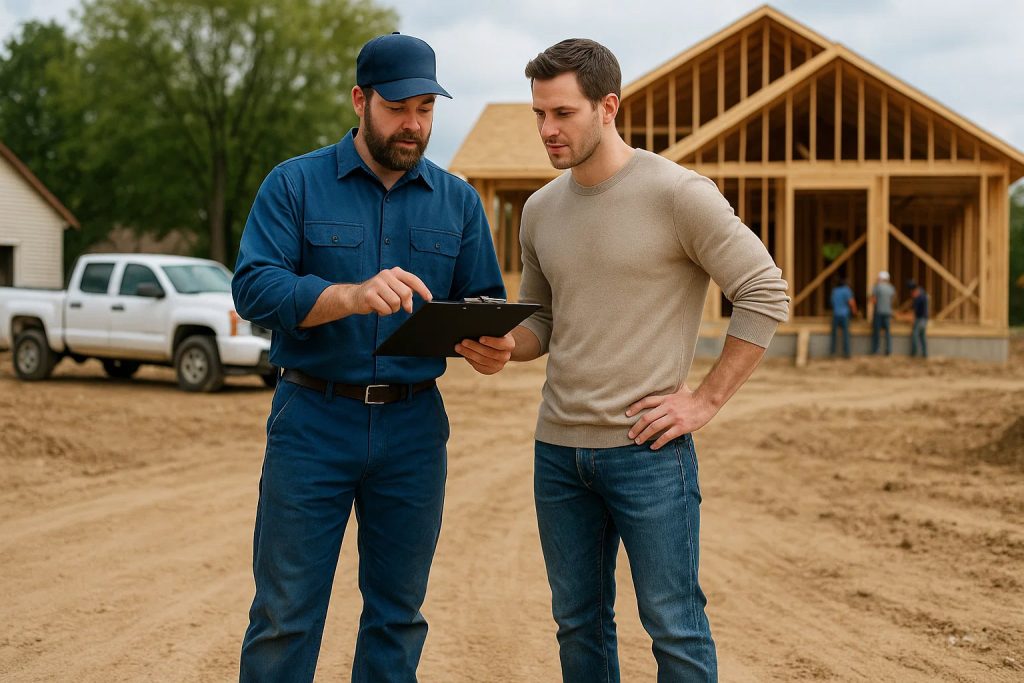If you live in a rural or remote area, having your own water well can be a reliable and sustainable way to access clean water. But well drilling is far more complex than just punching a hole in the ground. Before you call a professional, understanding the key elements of the process can help you make informed decisions and avoid costly mistakes. Here are seven crucial aspects of professional well drilling every homeowner should consider.

1. Site Selection and Hydrogeological Survey
Before drilling begins, it’s vital to assess the land to determine the best site for a well. A professional driller will often use existing well logs to evaluate the groundwater availability and depth. This ensures water quality and a sustainable flow. Homeowners should be wary of choosing a site without proper assessment, as this can lead to dry or contaminated wells.
2. Local Regulations and Permits
Well drilling is heavily regulated to protect public health and groundwater resources. Depending on your location, you may need permits from county or state authorities. A licensed well driller will typically handle this process, but homeowners should verify that all regulatory requirements are being met. Drilling without proper authorization can result in fines and even the requirement to cap the well.
Our team can handle all of this for you.
3. Well Design and Depth
The depth and design of your well are determined by the water table and intended use. The casing, screen, and pump system must be tailored to the specific hydrogeology of your property. Consult with your driller to ensure the well is appropriately constructed to provide adequate water flow for your household’s needs.
4. Water Quality Testing
Once drilling is complete, water quality testing is essential. Testing for contaminants like bacteria, nitrates, arsenic, and other local pollutants ensures your water is safe for consumption. Professionals typically perform an initial test, but homeowners should plan to test annually or after major environmental changes. This step is crucial for the health and safety of your household.
5. Pump Installation and System Design
Installing the right pump is just as important as drilling the well itself. Factors such as well depth, water table fluctuation, and household usage patterns determine the correct type of pump. A poorly matched pump can lead to inefficiencies or system failures. Your contractor should also set up pressure tanks, electrical components, and plumbing to ensure seamless operation.
6. Cost Considerations
Well drilling can be a significant investment. Costs can vary widely based on depth, geology, materials, and location. A professional should provide a detailed quote that includes site evaluation, drilling, casing, pump installation, and water testing. Make sure you understand what’s included and ask about warranties or post-installation support.
7. Maintenance and Long-Term Care
A well isn’t a “set it and forget it” feature. Regular maintenance, including checking pump performance and inspecting the well cap and casing, is necessary to keep the system functioning. A professional can offer a maintenance schedule and educate you on signs of trouble, such as changes in water pressure or quality.
By understanding these seven aspects, homeowners can approach well drilling with confidence and ensure they get a safe, sustainable water source that meets their long-term needs. Always choose licensed, experienced professionals who prioritize safety, regulatory compliance, and customer education.
Contact American Pump and Drilling for comprehensive well drilling done by experts.
